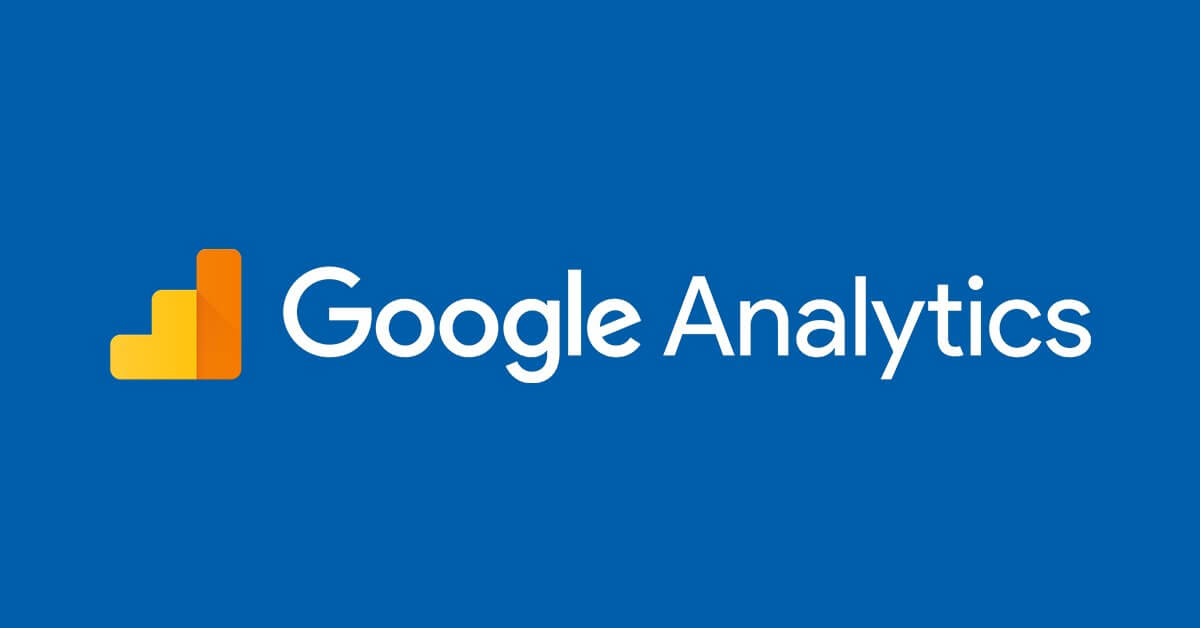Would you like to know What Model Represents the Hierarchical Structure of a Google Analytics Account? This post will inform you about that.
Google Analytics has become an essential tool for businesses and website owners, offering valuable insights into website traffic, user behavior, and marketing effectiveness.
Understanding What Model Represents the Hierarchical Structure of a Google Analytics Account is essential for organizing data effectively and extracting actionable insights.
In this blog post, we will delve into What Model Represents the Hierarchical Structure of a Google Analytics Account.
Read More: Google’s ‘Helpful Content Update’ to Promote Hidden Gems and Demote Unhelpful Content
Understanding the Basic Components
Account
A Google Analytics account serves as the top-level entity that houses one or more properties.
It allows you to manage multiple websites or business entities within a single interface.
By having separate accounts, you can keep data segregated and easily switch between different websites or businesses, making it a powerful organizational tool.
Property
Within an account, each website or mobile app is represented by a property.
A property is assigned a unique tracking ID, which is used to collect and send data to Google Analytics.
Having separate properties for each website or mobile app enables you to analyze and compare data specific to each entity.
It also helps in tracking user behavior and conversion metrics accurately.
View
A view is a subset of data within a property that allows you to apply filters, settings, and configurations for data analysis.
Creating multiple views within a property is crucial for segmenting and analyzing data effectively.
Each view can have different filters applied to include or exclude specific traffic, allowing you to focus on relevant data subsets.
Read More: How To Use Search Console Bulk Data Export?
Exploring the Hierarchical Relationship
Account-Property Relationship
An account serves as the parent entity for properties.
It allows you to manage multiple properties under a single umbrella.
This hierarchical relationship ensures that the data collected for different websites or business entities is organized and accessible within the account.
It simplifies administration and provides a centralized location for managing tracking codes and settings.
Property-View Relationship
The property acts as a container for views.
Multiple views can be created within a property, each representing a different perspective on the data.
The property-views relationship allows for customized analysis and reporting based on specific requirements.
For example, you might create one view with no filters to capture all the data, while another view includes filters to exclude internal traffic or focus on a specific geographic region.
Read More: Which Three Tags Does Google Analytics Require for Accurate Campaign Tracking?
Utilizing the Hierarchical Structure for Effective Data Analysis
Organizing and Segmenting Data
The hierarchical structure of Google Analytics enables you to organize and segment data effectively.
By creating separate properties for different websites, subdomains, or mobile apps, you can gain granular insights into each entity’s performance.
This segmentation helps in understanding user behavior, identifying trends, and optimizing marketing strategies for targeted audiences.
Access Control and User Management
The hierarchical structure facilitates access control and user management.
Different levels of access, such as account, property, and view, can be granted to various stakeholders based on their responsibilities.
This ensures that sensitive data remains secure while providing relevant parties with the necessary access to perform their analysis or reporting tasks.
Reporting and Data Analysis
The hierarchical structure enhances reporting capabilities.
Data from multiple properties and views can be combined to gain a comprehensive understanding of website performance across various entities.
Customized reports can be generated, offering insights into conversion rates, user engagement, traffic sources, and other key metrics.
This holistic view empowers businesses to make data-driven decisions and optimize their online presence.
Read More: The Default Session Timeout Duration in Google Analytics is How Many Minutes?
Conclusion
Understanding What Model Represents the Hierarchical Structure of a Google Analytics Account is crucial for effective data analysis.
The account, property, and view components provide a flexible and organized framework for managing data, segmenting audiences, and generating insightful reports.
By leveraging this hierarchical structure, businesses and website owners can unlock the full potential of Google Analytics, gain deeper insights, and optimize their online strategies for success.
Read More: Which Tags are Standard Google Analytics Campaign Parameters?



